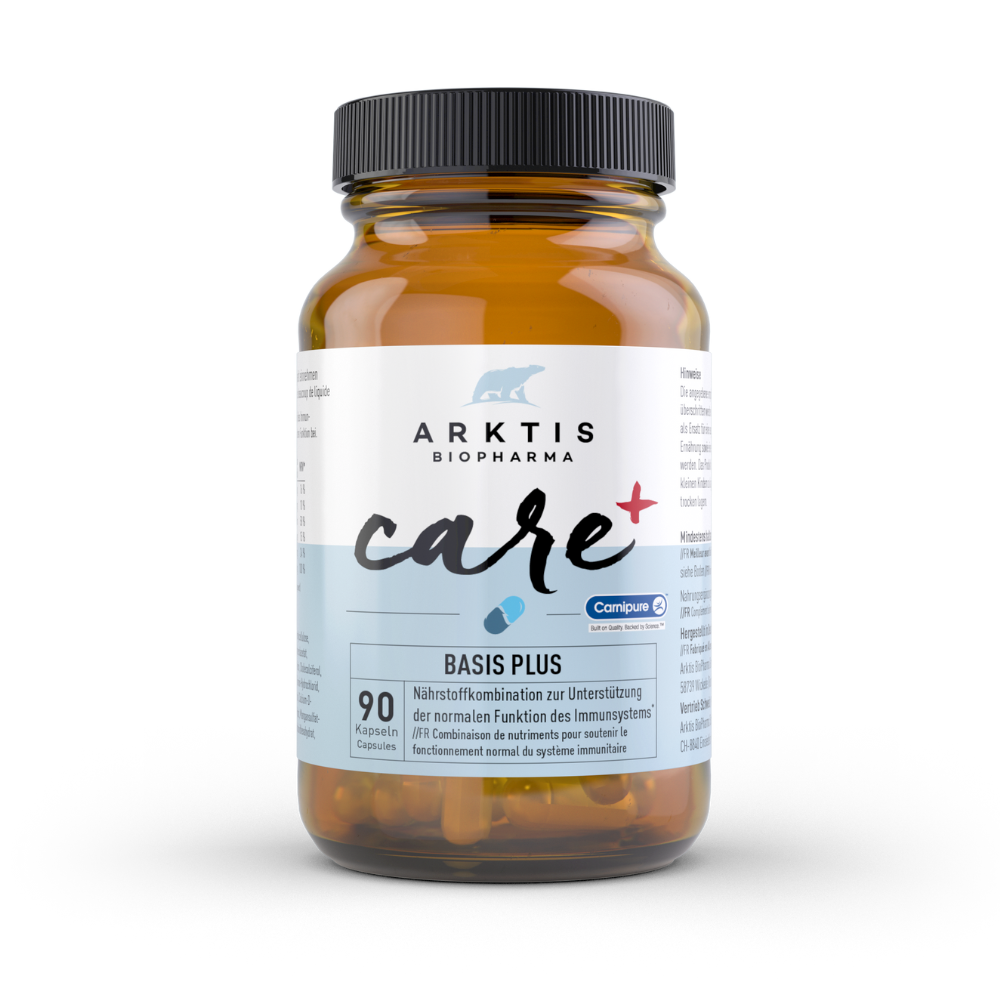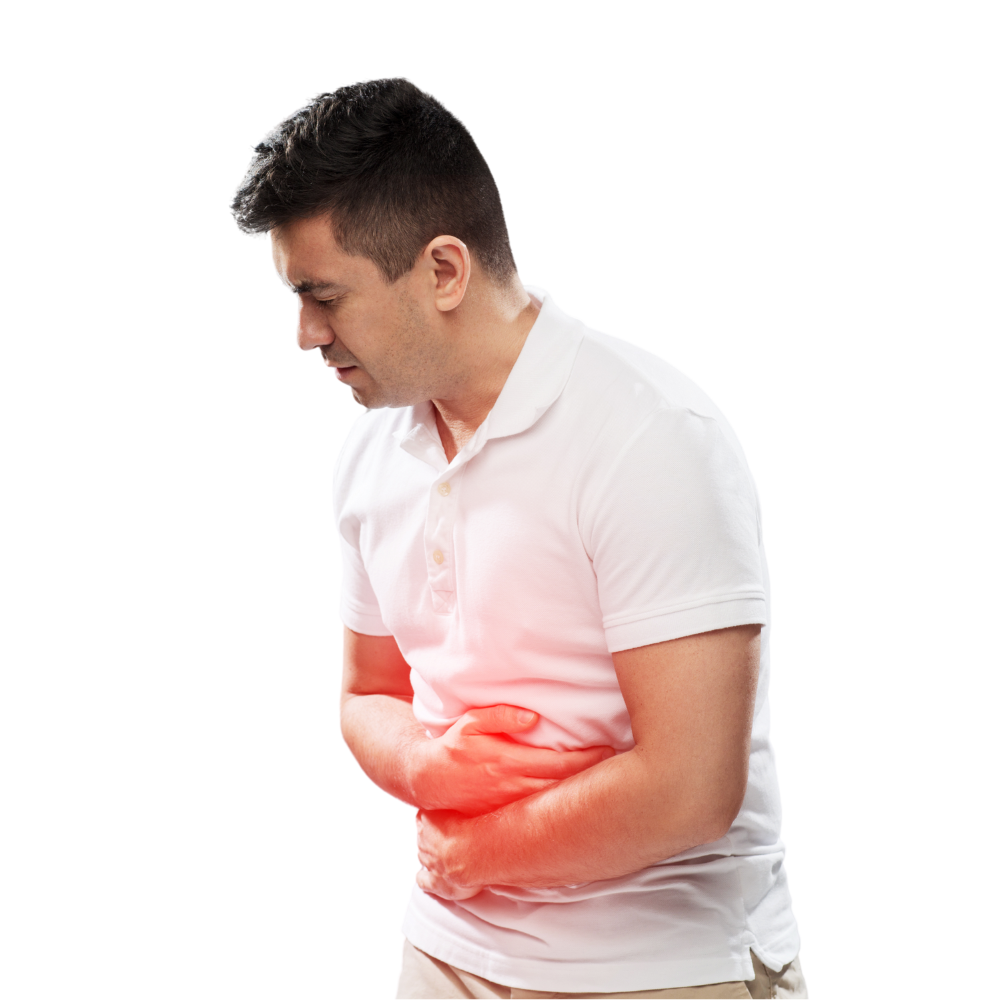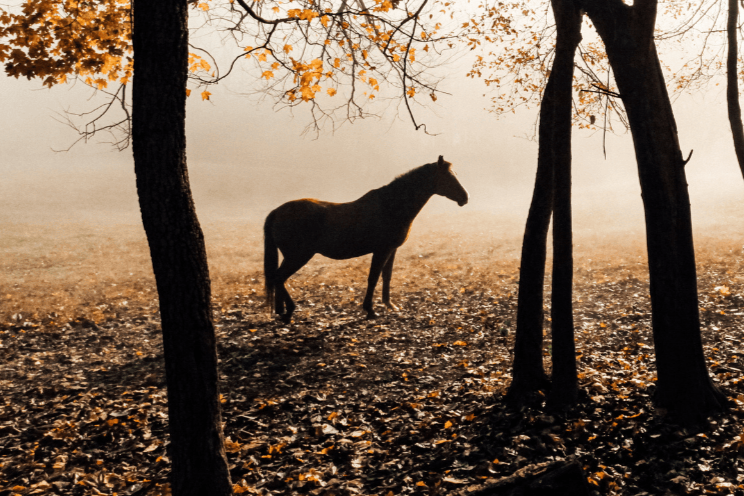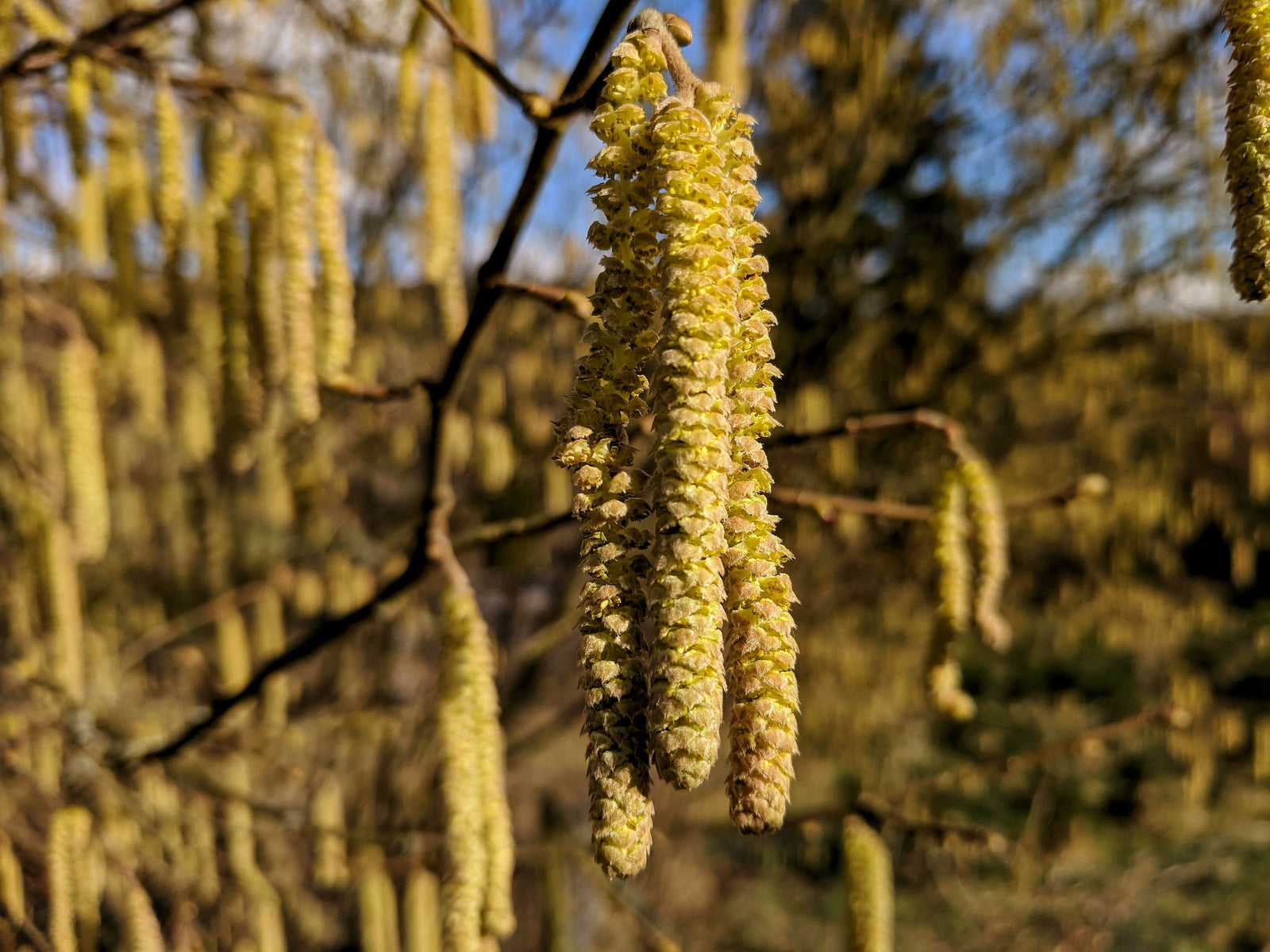Springtime is pollen time ...
As soon as the cold weather and the long winter are behind us, the next nasty thing comes around the corner for many people: pollen. Gradually, you see more and more pollen allergy sufferers with red or even puffy eyes and runny noses. On average, one in five people in Switzerland is affected by hay fever. The symptoms vary from mild discomfort to asthma. Why are more and more people suffering from hay fever?
What is hay fever actually?
Actually, the term hay fever is only partially correct. Ok, of course you can also have an allergy to hay, but it should really be called pollen rhinitis. That's why the correct term is pollinosis or allergic rhinitis. Other names for hay fever are pollinosis, hay fever and hay asthma.
Hay fever often develops over the course of a lifetime. However, the foundations are often inherited from the parents. We speak of a so-called "allergy career": it begins in infancy with allergies of the gastrointestinal tract, followed by eczema at around one year of age, then asthma at around 3 years of age and then hay fever at school age or even later.
Hay fever is an allergy in the classic sense, i.e. a type 1 allergy. It proceeds as follows: nothing happens at first (at least nothing that you would notice). This phase is called the sensitization phase. The body sniffs out the intruder and memorizes its protein structures.
On renewed contact, the body may then "overreact". It thinks to itself: "Oh help! A bad guy! I have to fight it really quickly!" The allergens react with the IgE antibodies and act as a kind of key in a lock: the "allergy cells" (mast cells) are "unlocked" and histamine is released. Various symptoms then occur within seconds to minutes. The histamine leads to various problems: the bronchial tubes contract → shortness of breath develops. Small blood vessels are dilated → redness occurs. Sensitive nerve endings are stimulated → itching follows. The permeability of the blood vessels is increased → oedema, swelling and blisters develop. Too much histamine → a sudden drop in blood pressure can follow (this is called allergic shock and can be life-threatening in the worst case).
Very few people know that there are also ways to prevent hay fever.
For all those who prefer listening to reading, I am happy to recommend my popular Darmglück podcast. With lots of exciting health topics, tips and tricks for a healthy lifestyle in everyday life and a balanced diet. Listen to episode 126 The hay fever treatment starts in winter now:
[g_podcast id="21384080"]
Trigger
The Pollen allergy is a reaction to certain types of pollen. The main triggers of a pollen allergy include:
- Trees such as birch, oak and alder
- Grasses such as timothy
- Herbs such as mugwort, ragweed etc.
Causes of hay fever
But why are more and more people having problems with pollen? It didn't exist to this extent in the past! Well, I have to say that an allergy is actually a "boredom reaction" of the immune system. In the past, parasites such as worms were much more common, so the immune system was constantly busy and didn't have time to develop allergies. Nowadays, however, thanks to excessive disinfection and sterile living, it simply has too little to do. So the question arises: "What could we do today? Oh come on, we'll develop an allergy..."
This is why children who live in the city have allergies much more frequently than children who are not so hyper-sterile and grow up on a farm, for example. If the parents already have allergic diathesis, the child has little chance of NOT developing an allergy.
Cross-allergies
As if runny noses and itchy eyes weren't enough, there is another nasty thing about hay fever: cross-allergies. Allergies to birch pollen or mugwort in particular (but this is also possible with all others) also cause a reaction to food. Take birch pollen, for example: the protein structures of birch pollen and apples are very similar in appearance. The body can't really tell the difference and reacts to both to be on the safe side. Although you don't actually have a problem with apples.
Hay fever is usually seasonal (because pollen only flies at certain flowering times) and therefore you react mainly to the corresponding foods at this time of year.
Reactions to animal hair, house dust mites and other inhaled allergens, on the other hand, are usually year-round, but occur in the same way. If you want to know which things you are allergic to and which foods they cross-react with, you can have a so-called inhalation screen carried out in the laboratory.
What can you do against hay fever?

In conventional medicine, H1 anthistamines, cortisone or bronchodilators are used. Classic desensitization therapy is also a popular method. Here, the allergen to which you react is repeatedly administered to the body in very small doses so that it can gradually become accustomed to it. The problem with this is that even with very small doses, a life-threatening situation can occur in the worst case. Another disadvantage is that desensitization is only carried out against one allergen. However, this does not change the fundamental problem. Especially if you react to several allergens at the same time, you have not necessarily gained anything.
It makes much more sense to "retrain" the immune system. This can be achieved very well with autologous blood therapy, for example. The immune system gets The immune system receives a different stimulus and thus has a new task. In the long term, it forgets the allergies.
Vitamin C, vitamin B6, methionine, zinc, magnesium and calcium help the immune system to cope better with the allergy. Among other things, some of these active ingredients stabilize the "allergy cells" so that they do not release histamine as quickly. Zinc and B6 also act on an enzyme that breaks down histamine. As I have often mentioned in my previous articles, a large part of the immune system is located in the gut. So it certainly makes sense to stabilize the gut in the case of allergies and hay fever. The preparations Colostrum, L-Glutamine and Arktibiotic Stress Compens have proven effective in this context.
Eyebright (Euphrasia) helps, as the name suggests, with itchy, watery eyes. And to relieve nasal symptoms, it helps to shower your nose with sea salt in the morning and evening.
To keep pollen levels as low as possible, you should take the following precautions: if you live in the country, only ventilate in the evening between 7 p.m. and midnight, as the pollen concentration is highest in the morning in rural areas. In the city, it's the other way around, so you should ventilate in the morning (preferably between 6 and 8 am ). Maybe you should also buy a pollen screen for your window, then at least nothing can go wrong. But remember that the pollen also settles in your clothes. To get a good night's sleep, you should therefore change outside your bedroom and ideally take a shower and wash your hair in the evening. Then you will be completely "pollen-free".
If you go outside, check the pollen calendar and pollen forecasts (pollen count app). If your pollen is flying particularly strongly at the moment, try to avoid spending long periods outside and don't try so hard indoors on these days. Your body already has enough to do anyway ;-) If you want to go for a walk, wait for a rain shower (if possible). This temporarily pushes the pollen down and clears the air for a short time.
If you would like to find out more about hay fever, we recommend our video interview with a hay fever expert.
Now, of course, we're interested: What is your secret recipe for allergies? What have you had good experiences with? What other information would you like to know about allergies or hay fever? Feel free to write us a comment.
















